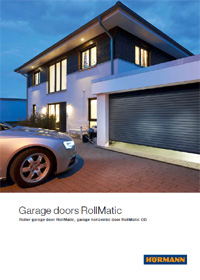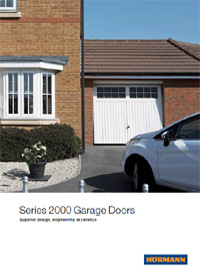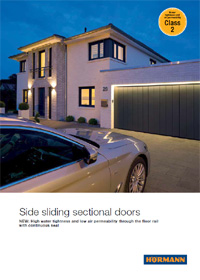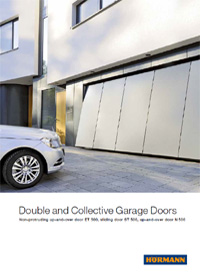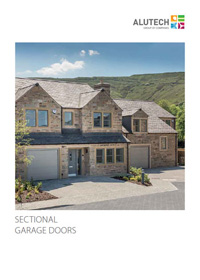Quality, Reliability & Great Value
Garage Doors Radlett, Hertfordshire | Garage Door Repair Radlett, Hertfordshire | Roller Shutter Garage Doors Radlett, Hertfordshire
ACE Garage Doors can visit your Radlett property to discuss your garage door requirements. No matter what style of property you own, we will have the perfect solution to enhance your property.
We specialise in electronic garage doors and we a sure you will be surprised at just how affordable they can be. The functionality of an electronically operated garage door is not to be underestimated. They are a must have addition to any home and really come into their own when the weather takes a turn for the worst. We know you will appreciate the fact that you can drive straight into your garage with a quick press of the remote control button from the comfort of your car and with wall mounted remote control units in the home, the effortless operation of your garage door becomes even more of an improvement to your everyday life.
Where is Radlett?
Radlett is quite a large village in Hertfordshire that sits nestled between Elstree and St Albans on the ancient Watling Street. It is in the council district of Hertsmere in the south of the county, and forms part of the civil parish of Aldenham. Radlett is located just inside the M25 motorway between Watford and Borehamwood.
Radlett lies in the valley of Tykes Water, a stream that runs north from Aldenham Reservoir to the River Colne. Now surrounded by the Metropolitan Green Belt, it is subject to significant 'infill' development and there is pressure to relax the Green Belt restrictions in the area.
Radlett is located only fourteen miles northwest of the centre of London. It is one of the wealthiest places in Britain and the second most expensive town to buy a house outside London. The town contains many substantial detached houses with beautiful large gardens. In the older centre there are also a few streets with Victorian semi-detached and terraced houses.
Watling Street, which is the main road through Radlett, has a wide variety of local shops and restaurants, as well as some national chain stores, a Post Office inside the local Budgens supermarket, and the Radlett Centre with a three hundred seat auditorium for various performances. Attached to the Radlett Centre is the local Public Library.
As previously stated, the wealth of the residents of Radlett is higher than many other areas, and as a result, there was little need for a regular bus service, as Radlett residents were more likely to own and use their own cars. Owing to the lack of passengers from the village of Radlett, the bus service that ran between Radlett and St Albans was cancelled.
The pre-Roman period in Radlett
As previously mentioned, Radlett is situated on the ancient Watling Street, one of the oldest trackways in Britain. Various archaeological finds of Mesolithic and Neolithic flints provide evidence that the Radlett area was inhabited in the Stone Age; the land was densely wooded and remained so until the Middle Ages. The Catuvellauni tribe settled in parts of Hertfordshire, near St Albans and Wheathampstead in about 80BC, although no trace of settlement has been found in or near Radlett itself. The name Radlett appears to come from the Old-English rad-gelaete meaning a junction of the roads and it is likely that the settlement grew at the point where the ancient route from Aldenham to Shenley crosses Watling Street.
Roman arrival in Radlett
During the Roman occupation of Verulamium, the area from Radlett to Brockley Hill was home to a number of major potteries, which supplied not only the Roman capital but other parts of the province. One of these potteries is known to have existed on Loom Lane. Roman-era clay pits are still in evidence at the southern end of the village, in the area around Cobden hill and Tabard RFC. In addition, there is evidence of a Roman villa with a bath building, barn and tile kiln dating from second to fourth century AD, in the area of Netherwylde Farm.
After the Roman period in Radlett
The Radlett area was settled by the Saxons by the sixth century, with suggestions that a Saxon church was established on the site of Aldenham Church in King Offa's time. For most of recorded history, the land to the East of Watling Street was administered separately to that on the West.
The Domesday survey of 1086 confirms that most of the land was in the possession of the Abbey of Westminster, though parts of land to the east of Watling Street were claimed by St Albans. The two major tenants were listed as Geoffrey de Mandeville and Geoffrey de Bec and they leased part of their holdings to tenant farmers. The land was densely forested but was gradually cleared throughout the medieval period for agricultural use and the population lived in dispersed farm settlements adjacent to field strips or scattered around the periphery of common land which made up a substantial part of the southern and western area of the Parish of Radlett.
A gory reminder of harsher penalties for crime in Radlett
It is known that in the thirteenth century, gallows were erected jointly by the Abbots of Westminster and St Albans in what is now Kemp Row, for trials conducted at the Aldenham Assizes.
Radlett seems to have consisted of two farms: Darnells, which was first mentioned in 1358 and Gills Hill on the west side of Watling Street; and the estates of Aldenham Lodge, Newberries and Organ Hall on the east, plus Newlands and a few cottages. There are records of at least two other medieval moated homesteads within the Parish, namely Penne's Place and Kendals, but there remains very little physical evidence of these.
The first recorded reference of Radlett comes from 1453, and it was usually spelt with one T until the middle of the nineteenth century. With the dissolution of the monasteries in 1536 under the tyrannical rule of King Henry VIII, the disputes over land ownership in the Parish between St Albans Abbey and Westminster Abbey ceased to be viable and the land was sold to create revenue for the Crown, no doubt to help support his regular wars in France.
The infamous Radlett murder
In 1823 the town was the site of the Radlett murder, a notorious crime which became the subject of many books and stage plays. The victim, William Weare, was killed on Gills Hill Lane, with the site gaining such notoriety that it became a tourist attraction for some time. Gills Lane is still referred to as Murder Lane by locals to this day.
Radlett and its link to aviation and other attractions
Handley Page Ltd opened a grass airfield just north of Radlett in 1929 to produce aircraft. By 1939 Radlett Aerodrome was upgraded to have three hard runways for use in the production of Handley Page Hampden and Handley Page Halifax bombers during the Second World War. Post-war the airfield was used for production of Handley Page Hastings transport aircraft and Handley Page Hermes airliners. The SBAC held air shows here in 1946 and 1947 which subsequently moved to Farnborough. The Handley Page Victor bomber prototype was built here, with the main runway being extended in 1952 to allow flight testing, and there is now a road on this site named in its honour next to a DPD depot. Handley Page went bankrupt in 1969 and the airfield closed in 1970.
In 1977 Eddie Kidd the stunt rider jumped over fourteen London Double Decker buses at the former Radlett Aerodrome.
Radlett fire station
In 2005, and 2006, there was a large campaign in Radlett, and surrounding areas to save the Fire Station, which was opened a century before. The campaign failed, and the station sadly closed in October 2006. The campaign continued for a while after the closure; however, the fire station has now been demolished.
ACE Garage Doors were in the Radlett area only a couple of weeks ago, fitting a new electric garage door to a lovely property. Like so many of our customers, the gentleman at this address just could not decide what style of garage door to choose as there are so many variations. We were extremely pleased to help him make up his mind by informing him as to the build quality, security, and ease of operation of our electronically controlled garage door mechanism. By the time we left Radlett, our customer was absolutely delighted with his new electric garage door. The smile on his face said it all!
We also cover the following areas in Hertfordshire:
- Baldock, Hertfordshire - Garage Doors | Garage Door Repair | Roller Shutter Garage Doors
- Borehamwood, Hertfordshire - Garage Doors | Garage Door Repair | Roller Shutter Garage Doors
- Broxbourne, Hertfordshire - Garage Doors | Garage Door Repair | Roller Shutter Garage Doors
- Elstree, Hertfordshire - Garage Doors | Garage Door Repair | Roller Shutter Garage Doors
- Harpenden, Hertfordshire - Garage Doors | Garage Door Repair | Roller Shutter Garage Doors
- Hertford, Hertfordshire - Garage Doors | Garage Door Repair | Roller Shutter Garage Doors
- Hitchin, Hertfordshire - Garage Doors | Garage Door Repair | Roller Shutter Garage Doors
- Hoddesdon, Hertfordshire - Garage Doors | Garage Door Repair | Roller Shutter Garage Doors
- Letchworth Garden City, Hertfordshire - Garage Doors | Garage Door Repair | Roller Shutter Garage Doors
- Potters Bar, Hertfordshire - Garage Doors | Garage Door Repair | Roller Shutter Garage Doors
- Rickmansworth, Hertfordshire - Garage Doors | Garage Door Repair | Roller Shutter Garage Doors
- Royston, Hertfordshire - Garage Doors | Garage Door Repair | Roller Shutter Garage Doors
- St. Albans, Hertfordshire - Garage Doors | Garage Door Repair | Roller Shutter Garage Doors
- Stevenage, Hertfordshire - Garage Doors | Garage Door Repair | Roller Shutter Garage Doors
- Waltham Cross, Hertfordshire - Garage Doors | Garage Door Repair | Roller Shutter Garage Doors
- Watford, Hertfordshire - Garage Doors | Garage Door Repair | Roller Shutter Garage Doors
- Welwyn Garden City, Hertfordshire - Garage Doors | Garage Door Repair | Roller Shutter Garage Doors
ACE Garage Doors
For 29 years Ace has been supplying, fitting, servicing and repairing Garage Doors, with thousands of satisfied customers in Hertfordshire and all over the South East. Providing truly excellent customer service means everything to us at ACE Garage Doors, so we put our customers needs at the heart of our business and strive to provide a friendly, prompt and speedy service without compromising on quality or value.
If you are looking for high quality Garage Doors and service you can trust then contact ACE Garage Doors for a QUICK QUOTE today.

Why choose ACE Garage Doors?
- Established 29 years
- Fast and friendly service
- 10 year door guarantee
- 5 year motor guarantee
- No deposit required
- Established brands
- Award winning service

Speed
We aim to respond to enquiries the same day, and provide a rapid quote. If a FREE site survey is required we aim to get to you within 48 hours. We also have a 24/7 repairs service where one of our skilled team will attend to secure your property, or rescue your car!
Customer service
Customer satisfaction is at the forefront of everything we do. We recognise that people lead busy lives, and so we aim to be responsive to enquiries, provide realistic lead-times and do not take any payment until the job is finished and our customers are 100% satisfied.
Quality
Our team has 36 years in the industry and only work with established brands we can set our reputation against, plus
we have no sales people or middle men you will be dealing direct with the owners of the company, Darren and Simon.
Read our story here.
Expertise
ACE Garage Doors offer a full fitting and repair service carried out by our professionally qualified team. From the replacement of individual parts through to a full renovation of your garage, ACE Garage Doors are experts in our field with many years of experience to draw on.
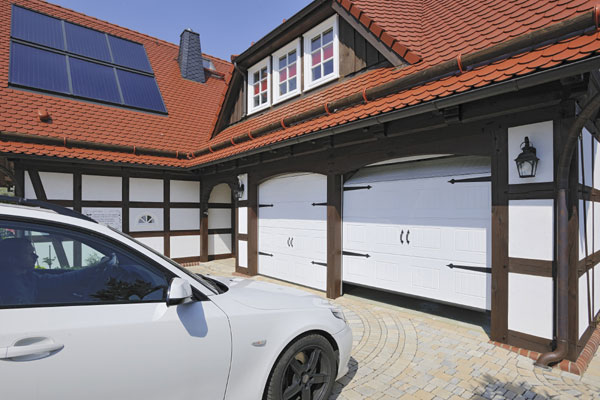
Garage door services
- Extensive range of doors
- All doors fitted by experts
- FREE quotes
- Automated operation
- Full servicing and repairs
- 24/7 call out available

Garage door types
- Electric roller shutters
- Sectional garage doors
- Remote controlled doors
- Insulated garage doors
- Canopy / up & over doors
- Side hinged garage doors
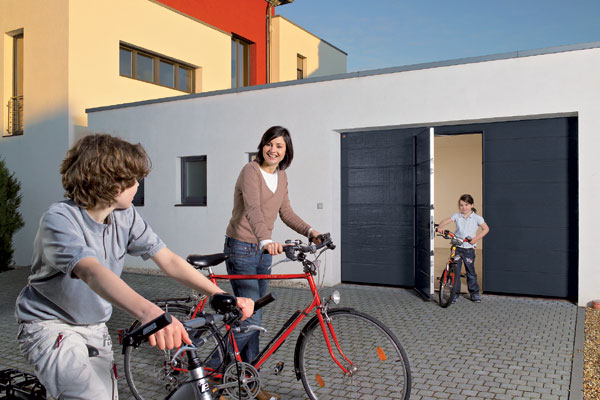
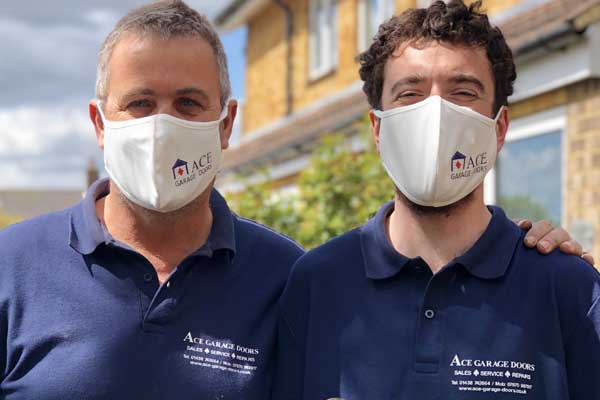
Professional team
- Proud of our reputation
- Fully qualified team
- Over 30 years' experience
- Regularly recommended
- Covid safe services
- Support local football clubs

Areas covered
- Hertfordshire
- Bedfordshire
- Buckinghamshire
- Cambridgeshire
- Essex
- North London
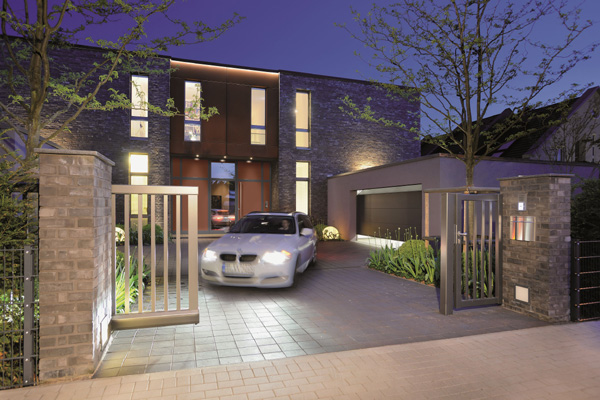
Pricing
We offer extremely competitive pricing by keeping our overheads low, buying in bulk and then passing the savings onto our customers. We have a reputation for providing great value and as a result, we frequently get referred to our customers' families, friends and neighbours.
Industry leading warranties
We offer 10 year warranties for all our up and over and roller doors and frames, and an industry leading 5 year warranties on all our tubular motors, such is our confidence in the quality of our work and components. We also offer 2 year warranties on parts and labour for garage door repairs.
Eco-friendly
As a company we are extremely environmentally aware, and all waste materials, from your old door to the packaging materials for the new product are taken for recycling at our own cost. So by choosing ACE Garage Doors you can be reassured that you are also playing your part to protect the environment.
Easy to follow ordering process
During the FREE SURVEY precise measurements will be taken and your needs matched against a wide range of products from leading manufacturers with whom we deal direct. We will discuss the various materials and finishes available, as well as any optional extra features you might have requested such as glazing and automation.
We can provide doors in almost any colour you can imagine, so provide us with a specific RAL colour or ask us about our colour matching service and we will find it for you! We will inform you of the price fully inclusive of VAT, and if an insurance claim is being made we are happy to provide a written quotation. We don't charge you to take your door away, and it will be recycled for you. Simple.
Selection of garage doors available from ACE Garage Doors
Get a QUICK QUOTE or request more information
If you would like a QUICK QUOTE then please contact us on 01438 742 664 or email us at info@ace-garage-doors.co.uk and we will be in touch shortly.
Further information:
- Sectional Garage Doors in Herts, Beds, Bucks, Essex and North London
- Roller Shutter Garage Doors in Stevenage, Hertfordshire
- Garage Doors in Luton, Bedfordshire
- Garage Doors in Broxbourne, Hertfordshire
- Garage Doors in Epping, Essex
- Garage Door repair in Barnet, London
- Garage Door repair in Biggleswade, Bedfordshire
- Garage Doors in Harpenden, Hertfordshire
- Garage Doors in Hertford, Hertfordshire
- Garage Doors in Hitchin, Hertfordshire
- Garage Doors in Hoddesdon, Hertfordshire
- Hormann Garage Doors in Stevenage, Hertfordshire
- Hormann Sectional Garage Doors in Stevenage, Hertfordshire
- Hormann Sectional Garage Door repair in Stevenage, Hertfordshire
- Hormann Sectional Garage Doors in Stevenage, Hertfordshire
- Garage Doors in Letchworth, Hertfordshire
- Garage Doors in Potters Bar, Hertfordshire
- Garage Doors in Royston, Hertfordshire
- Garage Doors in St Albans, Hertfordshire
- Garage Doors in Welwyn Garden City, Hertfordshire
Hertfordshire
Bedfordshire
Buckinghamshire
Cambridgeshire
Essex
North London
Areas covered :: Articles :: Privacy policy :: Vacancies :: Website map












